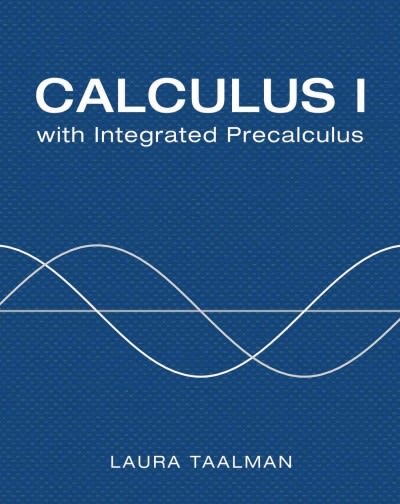Question
Assume that precaution is of a discrete/binary form ( i.e. , 0 or 1). An accident, should it occur, would result in $80,000 of harm
Assume that precaution is of a discrete/binary form (i.e., "0" or "1"). An accident, should it occur, would result in $80,000 of harm to a (potential) victim. The probability of the accident is 0.006 (= 6/1000) if no party takes precaution. The (potential) victim can reduce this probability to 0.004 (assuming the injurer does not take precaution) by spending $100 on precaution. The (potential) injurer can reduce the probability to 0.003 (assuming the victim does not take precaution) by spending $150 on precaution. If both parties take precaution, the probability of an accident falls to 0.001.
Question: Please draw a graph showing (in the general context of unilateral precaution) the schedules wkxk (private expenditures on precaution); p(xk)A (expected cost of accidents); and C(xk; w, A) (expected total/social costs of accidents) where k indexes a given party to a tort. Show the optimal level of precaution pertaining to agent k assuming it is assigned tort liability. Then, on this same graph, show the effects of on (exogenous) increase in wk on the agent's chosen level of precaution. Comment on this result.
Step by Step Solution
There are 3 Steps involved in it
Step: 1

Get Instant Access to Expert-Tailored Solutions
See step-by-step solutions with expert insights and AI powered tools for academic success
Step: 2

Step: 3

Ace Your Homework with AI
Get the answers you need in no time with our AI-driven, step-by-step assistance
Get Started


